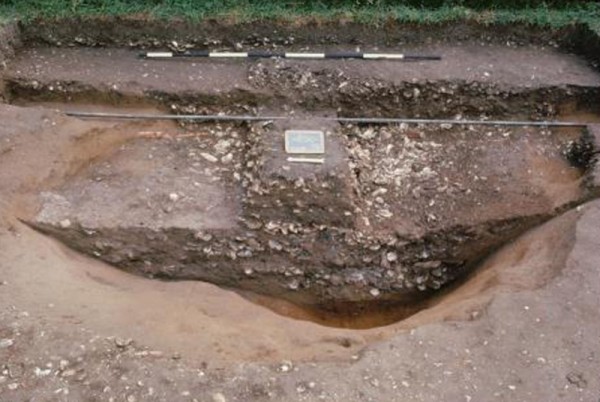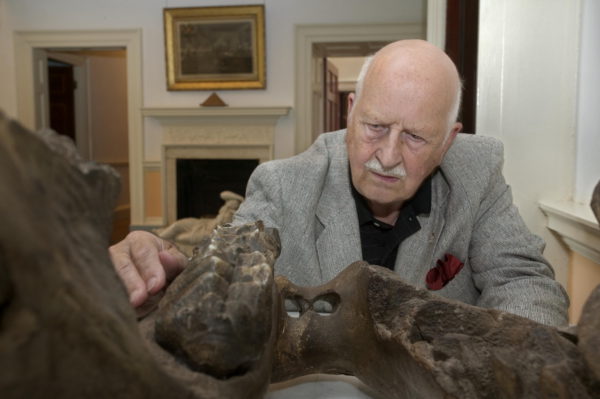
Last Friday, Ivor Noël Hume, who profoundly influenced the field of historical archaeology and inspired generations of students both casual and professional, passed away at 89. Over the course of his three-decade career at Colonial Williamsburg, he was a prolific and talented writer and speaker, and revered for modernizing archaeological methodology and for landmark discoveries, in particular the 17th-century Wolstenholme Towne site at Carter’s Grove….
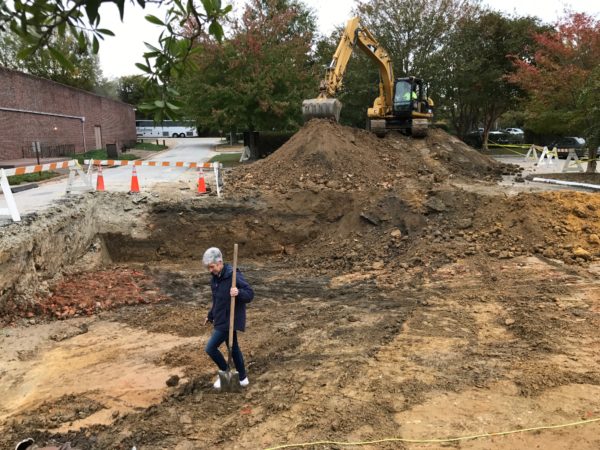
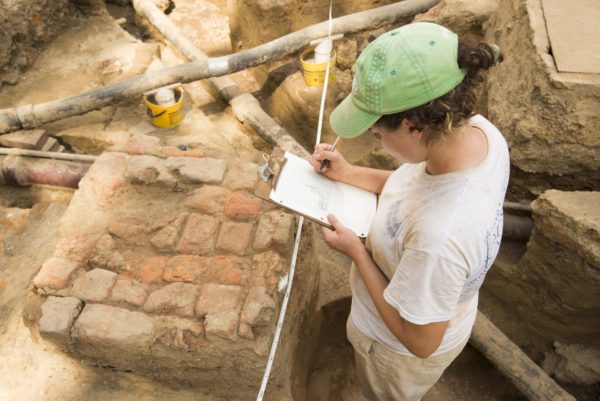
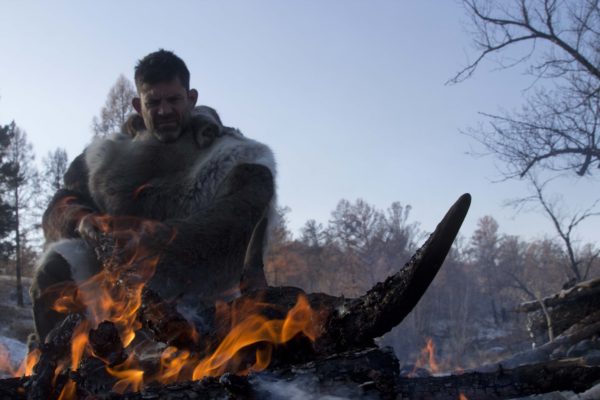
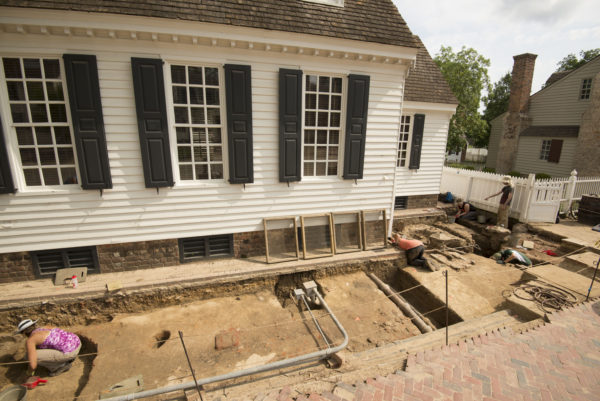

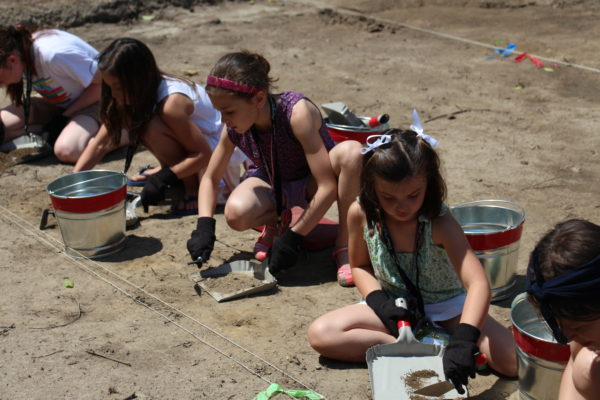 My first archaeological experience with Colonial Williamsburg put me at the bottom of the James Shields’ tavern well. Armpit deep in muddy water, groping for artifacts 43 feet below the ground surface, it dawned on me that archaeology was going to present some unusual opportunities. And indeed, it has. …
My first archaeological experience with Colonial Williamsburg put me at the bottom of the James Shields’ tavern well. Armpit deep in muddy water, groping for artifacts 43 feet below the ground surface, it dawned on me that archaeology was going to present some unusual opportunities. And indeed, it has. …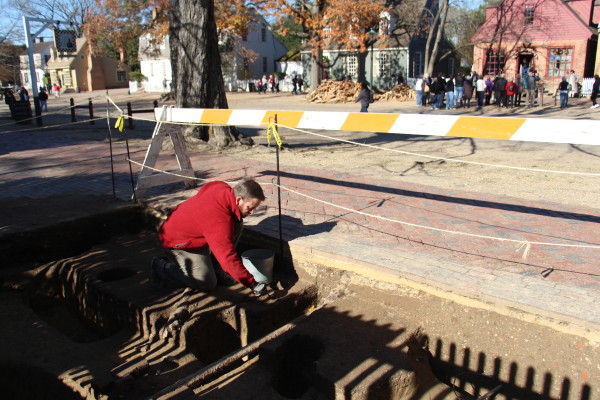 Mark Kostro seems awfully patient. He scrapes steadily at the soil, removing thin layers of the soil with each motion. But what lies beneath might once again revise our understanding of Williamsburg’s colonial cityscape.
Mark Kostro seems awfully patient. He scrapes steadily at the soil, removing thin layers of the soil with each motion. But what lies beneath might once again revise our understanding of Williamsburg’s colonial cityscape.
